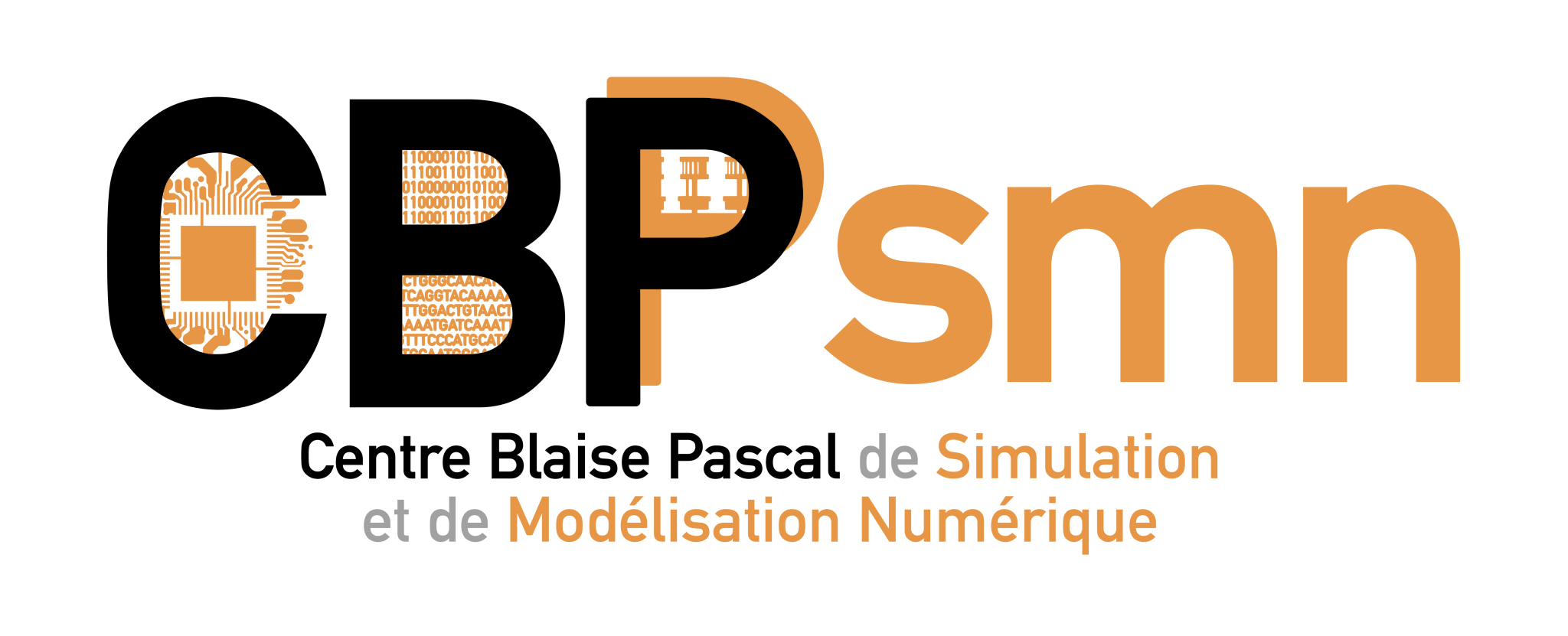Différences
Ci-dessous, les différences entre deux révisions de la page.
| Les deux révisions précédentes Révision précédente | Prochaine révision Les deux révisions suivantes | ||
|
animation:seminaires:2015:accueil [2017/03/10 10:59] cicaluga [Ecoulements viscoplastiques peu profonds multi-regimes geophysiques: derivation de modeles et inversion numerique de proprietes basales] |
animation:seminaires:2015:accueil [2017/03/10 10:59] cicaluga [Temporal motifs in time-dependent networks] |
||
|---|---|---|---|
| Ligne 139: | Ligne 139: | ||
| * Annamaria Kiss (Laboratoires Joliot-Curie, ENS de Lyon, France) \\ | * Annamaria Kiss (Laboratoires Joliot-Curie, ENS de Lyon, France) \\ | ||
| * Cerasela Calugaru (Centre Blaise Pascal, ENS de Lyon) \\ | * Cerasela Calugaru (Centre Blaise Pascal, ENS de Lyon) \\ | ||
| + | |||
| + | **(39 participants)** | ||
| Temporal networks are commonly used to represent systems where connections between elements are active only for restricted periods of time, such as telecommunication, neural signal processing, biochemical reaction and human social interaction networks. In this talk we introduce the framework of temporal motifs to study the mesoscale topological–temporal structure of temporal networks in which the events of nodes do not overlap in time. Temporal motifs are classes of similar event sequences, where the similarity refers not only to topology but also to the temporal order of the events. We provide a mapping from event sequences to coloured directed graphs that enables an efficient algorithm for identifying temporal motifs. We discuss some aspects of temporal motifs, including causality and null models, and present basic statistics of temporal motifs in a large mobile call network.\\ | Temporal networks are commonly used to represent systems where connections between elements are active only for restricted periods of time, such as telecommunication, neural signal processing, biochemical reaction and human social interaction networks. In this talk we introduce the framework of temporal motifs to study the mesoscale topological–temporal structure of temporal networks in which the events of nodes do not overlap in time. Temporal motifs are classes of similar event sequences, where the similarity refers not only to topology but also to the temporal order of the events. We provide a mapping from event sequences to coloured directed graphs that enables an efficient algorithm for identifying temporal motifs. We discuss some aspects of temporal motifs, including causality and null models, and present basic statistics of temporal motifs in a large mobile call network.\\ | ||
